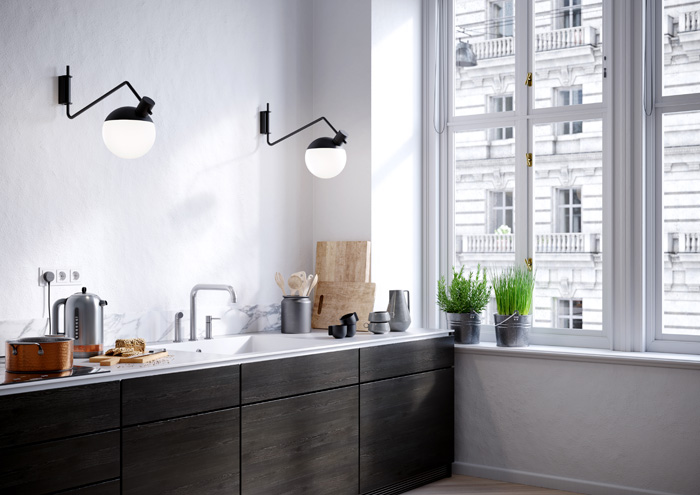Hrvoje Cop, CTO of leading Croatian visualisation studio Polymachine, shares details of four recent projects, focusing on composition, visual accuracy and the benefits of keeping everything in 3D

These images are part of a larger project we did for a manufacturer of designer furniture, and the purpose was not only to produce marketing imagery, but also to create a library of high-quality 3D models for the entire product range.
Needless to say, accuracy of was of paramount importance, so no effort was spared to get the proportions and materials as close to the real thing as possible. Once that phase was completed, we tried to create an environment which brought out the best from the products themselves while trying not to overpower their presence in the final images. Special attention was given to the background forest which is fully 3D modelled, because we felt compositing a photo would neither do the space justice, nor feel natural in the overall composition.

This image is part of a product catalogue for light fittings. Much like the previous two images, the biggest challenge here was to figure out a way of creating a flattering environment, but still have the product stand out. Once again, after the scene was finished, we decided to model the background building in 3D as well. With shots that rely on camera depth-of-field, however subtle it may be, keeping everything in 3D allows for a much more balanced, and visually pleasing result.

Close-ups are always great fun to work on, because you can focus on details which are usually not visible in wider camera angles. With less elements to the image, composition and the relationship between the individual elements play a vital role. Today’s render engines make a spectacular job of capturing the subtle nuances of surface materials, and close up shots like this can use that to great effect.

Every once in a while a project comes along which is especially challenging for some reason, and this beach resort in Beirut, Lebanon was definitely one of those. We could not gain access to aerial photography of the plot for the desired views, so we ended up simulating a large stretch of the sea. Since fluid simulation is much more often used in movies than architectural visualisation, it was a great chance to learn and explore aspects of CG which are rarely used in our daily work.

We were tasked to produce a large series of images for a project on the island of Hvar, Croatia – a very popular tourist destination. The sheer amount of geometry and vegetation in this series of images required us to think of a new, optimised way to work with large datasets, to be able to quickly iterate and update these massive scenes. Another thing of note is that to ensure the coastline was as accurate as possible, we used aerial photogrammetry to capture almost a kilometre of the coast, and recreated it in 3D in a very detailed manner.
If you enjoyed this article, subscribe to our email newsletter or print / PDF magazine for FREE






